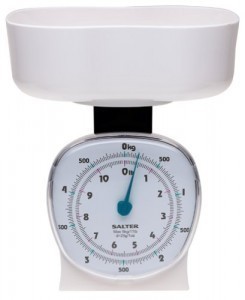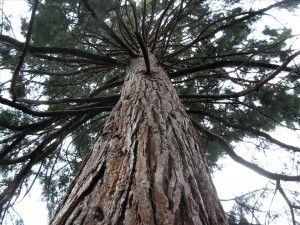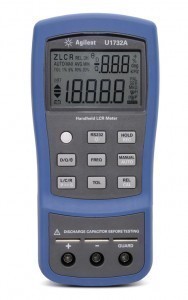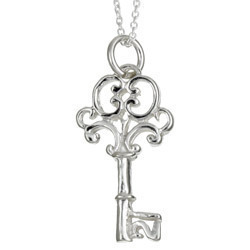Snow Thickness
Snow thickness is measured in centimeters. However, 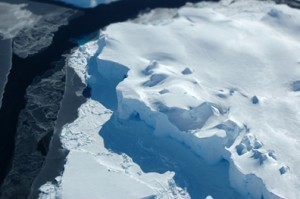 melted snow (that is, the water equivalent) is measured in millimeters. The instrument used is the snow gauge.
melted snow (that is, the water equivalent) is measured in millimeters. The instrument used is the snow gauge.
How the Snow Gauge Works
The instrument is made of two components: the copper catchment holder and a gauge. The gauge is set on a pipe 4 ft 11 inches high. The pipe is set outside. The container is about 201/4 in (51.5 cm) long. Some gauges measure 4 inches (100 mm) or 8 inches (200 mm) in diameter. When the container is filled with snow it is measured.
To get the snow depth, the water equivalent is multiplied by a factor of 10. These snow thickness instruments usually have the funnel taken off during winter so the snow can gather in the outer cylinder. The snow accumulated is melted when it reaches the 300 mm (12 in) mark on the gauge.
Note: the greatest snowfall in the United States took place in 1998-99 in Mount Baker Ski Area, at Bellingham, Washington. Mount Baker was covered with 2,896 cm or 1,140 inches of snow. That’s about 95 feet of snow. The previous record was 2,850 cm (1,120 in) in Mount Rainier, Washington (1971-72).
Ice and Snow in Antarctica
The ice and snow thickness in Antarctica varies depending on the season. When the waters around it freeze, the ice coverage doubles up to 14,200,000 square kilometers (nearly 30 million square miles). During summer the ice / snow thickness is 1.5 km (one mile); it gets even thicker during the winter.
The ice cap has 7 million cubic miles of ice, nearly 30 million cubic km. The huge ice cap was built by snow fall over a 100,000 year span. Even though the snow is only a few inches, it doesn’t melt, which leads to the build up.
Glaciers
Glaciers are large moving bodies of ice made out of compacted snow. In Antarctica, the glaciers are at its borders. The biggest is the Lambert Glacier which is 40 km (25 miles) wide and 400 km (250 miles) long. The Beardmore isn’t as big but it is better known since it was used by most of the explorers.
About Snowflakes
Their formation is influenced by snow thickness and by the temperature. In simple terms, snow crystals emerge when cooled cloud droplets freeze. This happens at temperatures of -35 C (-31 F) or lower. What happens is that the molecules stick together to make a lattice shape.
The largest snowflake is 15 inches / 38 cm wide (Fort Keogh, Montana, January 1887). The shape and size of the snow flake is affected by the humidity and temperature. The irregular shapes are the most widespread. Thick and thin planar crystals emerge at 0 C (32 F) degrees.
Needle shaped crystals come up at temperatures of -3 C (27 F) to 8 C (18 F). At -8 C (18 F) to -22 C (-8 F) the shape is plate like with dendritic features. Bullet-rosettes, side planes and other shapes are also assumed, depending on the snow thickness and weather.
